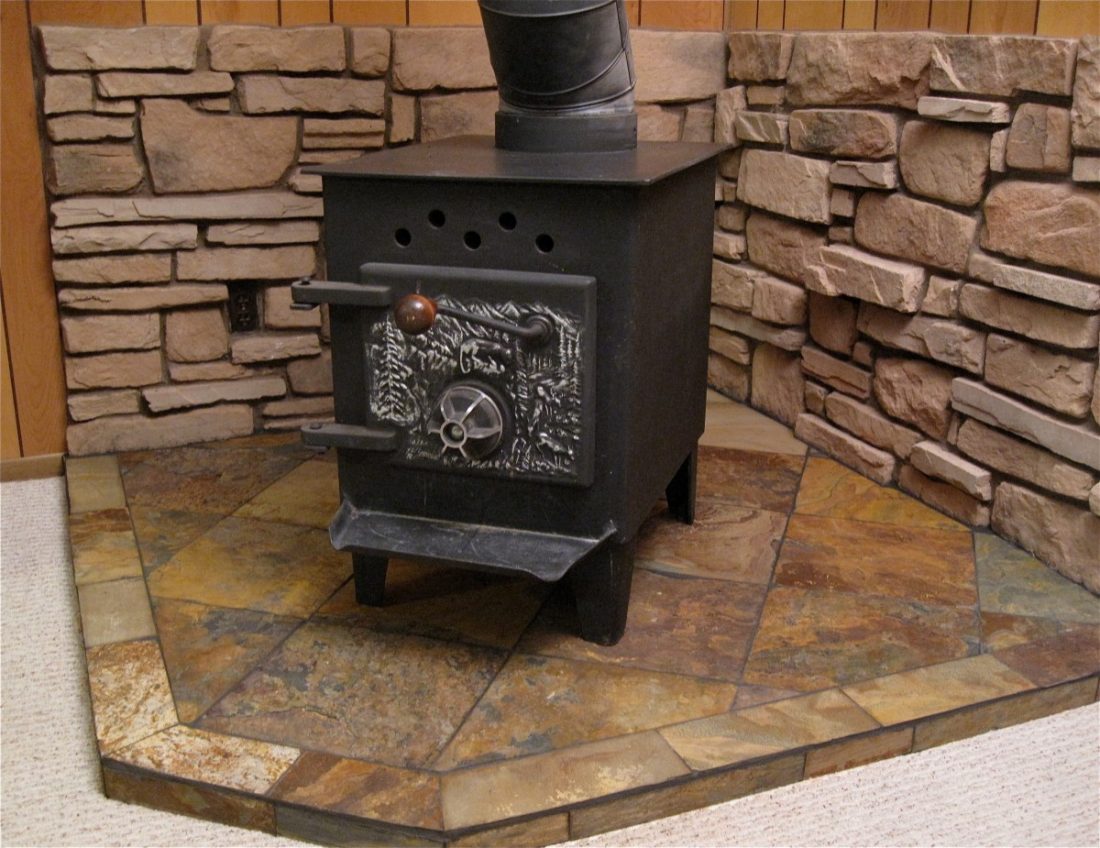
A major issue with any fireplace installation is venting the exhaust gases, whether smoke from a log-burning fireplace or the exhaust fumes generated when you burn gas. Venting a fireplace is particularly complex in retrofit installations, where it can be a problem to find a path for the chimney flue. Another concern with fireplaces involves energy loss. Wood-burning fireplaces are inherently inefficient since a good deal of the home’s heat unavoidably escapes up the flue rather than spreading into inside spaces. Vented gas fireplaces are moderately better at preserving heat. Still, modern homes are now built so airtight that even a vented gas fireplace may create negative air pressure that prevents normal exhaust.
For these reasons, wood-burning fireplaces with conventional brick chimneys and vented gas fireplaces are less common than they once were. To solve these points, a ventless gas fireplace can work. More straightforward to fit than vented wood or gas fireplaces and able to warm small to medium-size rooms, gas fireplaces without vents passing to the outside are growing more popular during renovation work and in new-build homes. Because there is no airflow to the outside, they do not create the adverse pressure problems like a vented fireplace.
Why Ventless?
Ventless gas stoves are an option for room heating that requires low cost and maintenance. Most people select ventless gas stoves because they look like a wood-burning fireplace without the trouble of getting and chopping up wood, lighting a fire, or cleaning up debris each time the fireplace is used. It is also the only type of gas fireplace not requiring ducts for operating. Even though there are these benefits, the use of ventless stoves is rarer because they are controversial and even prohibited in parts of the world due to potential health concerns.
People often purchase ventless gas stoves instead of the other types of stoves because they require less space and do not necessarily need to be placed against exterior walls. A ventless fireplace is also very easy to operate and affordable to install as a chimney or flue is not required. Gas piping will need to be provided by a licensed plumber but should not be too expensive.
Benefits of ventless stoves include:
- Provide a plentiful, efficient heat source, working with at least a 90% efficiency rate.
- They are very easy to add to an existing space because they can be installed virtually anywhere in a room. They do not require a chimney or ducts and do not need changing of a floor plan.
- You can use these stoves even without electricity.
- These are cost-effective heating units because they consume less energy than other stoves based on BTU output vs. raw energy input.
- They look like a traditional wood-burning fireplace but are not as difficult to operate and maintain.
- They are both an indoor and outdoor unit.
Ventless gas stoves in the market are available in various sizes. These units are known to instantly heat a space and provide a good amount of heat, especially when the unit size is proportional to the room. Models producing less than 5,000 BTU are meant for bathrooms or kitchens because they are smaller and produce less heat.
Ventless gas stoves have burners under the logs that allow the intake of air for the combustion of natural gas and produce a small amount of carbon monoxide. They need to be fitted with approved oxygen depletion sensors. These sensors work by measuring the amount of oxygen available in a particular room: If the level of carbon monoxide goes up and the oxygen levels decrease, the sensors would be activated and would automatically shut down the unit.
Despite the safety features, some regions do not allow ventless units because of the potential dangers associated with their operation. Anyone who wants to purchase a ventless gas fireplace should first check the local laws and regulations. One word of caution; a ventless type fireplace should be avoided by a person who has respiratory health problems like asthma. The quality of air in the home generally decreases if a ventless gas fireplace is used.